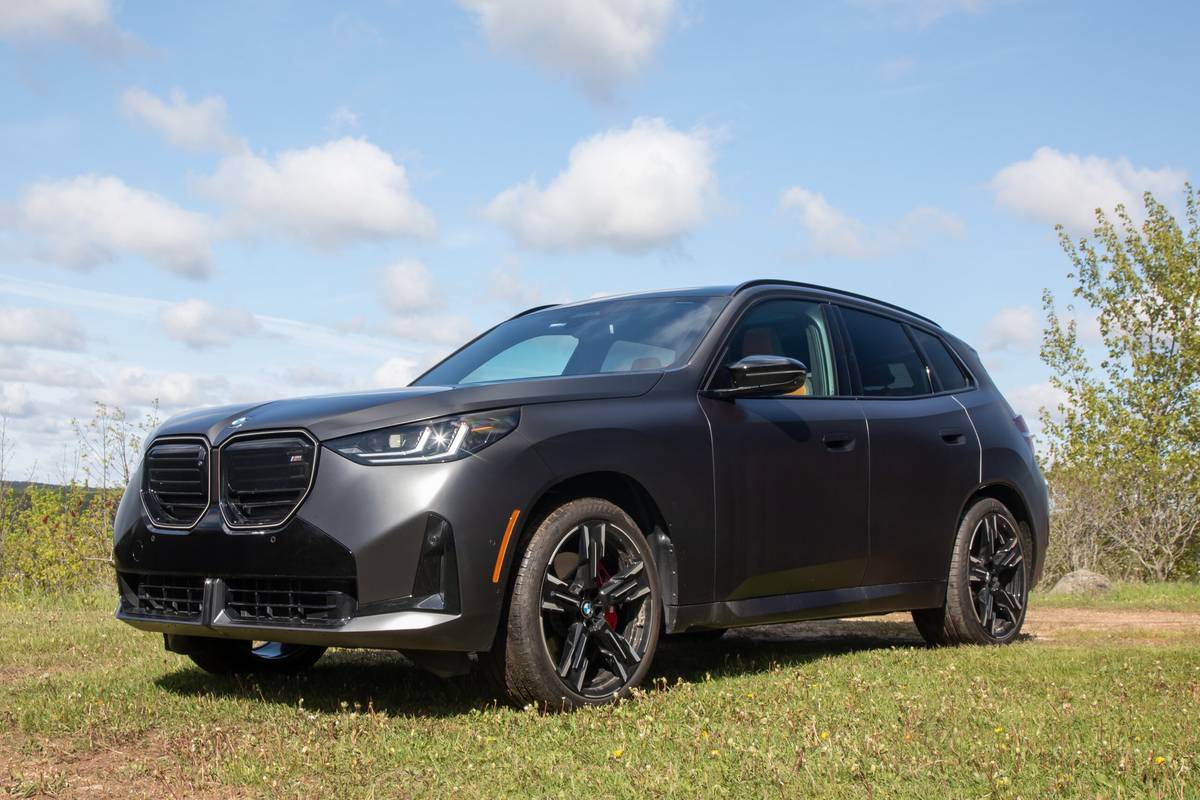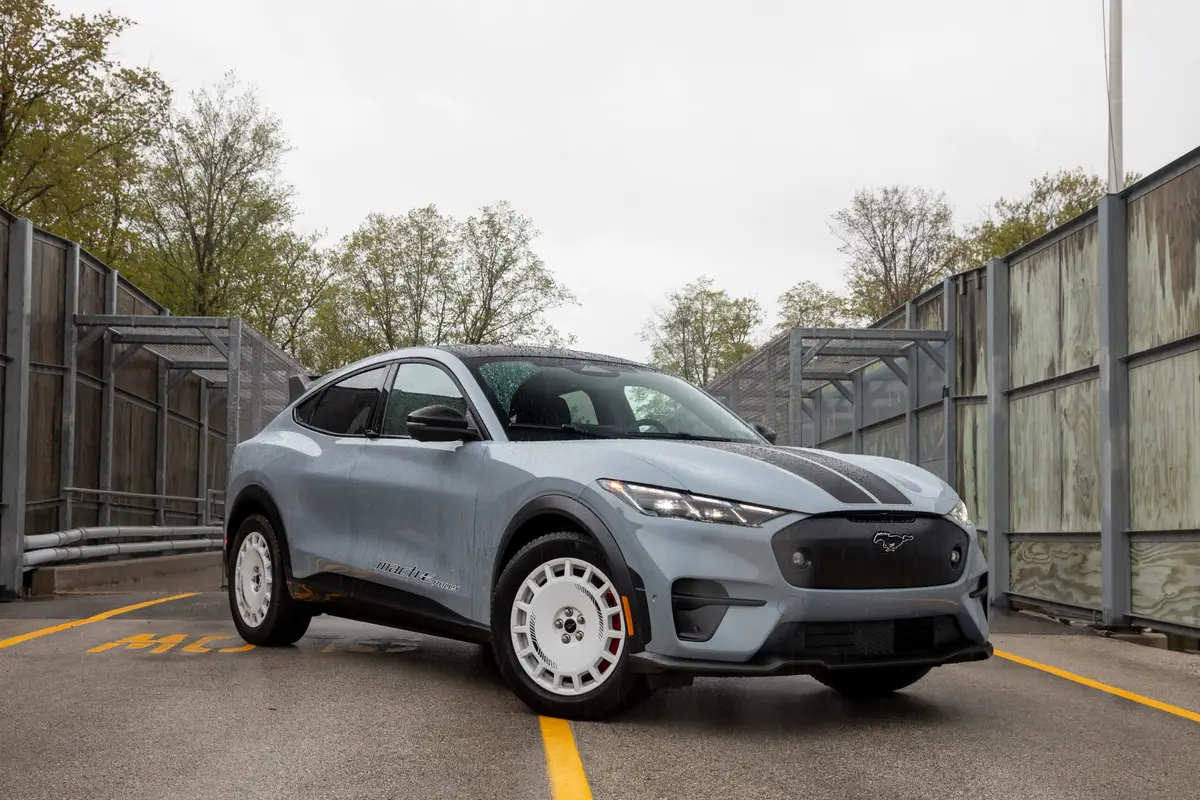The Morning Call and Mcall.com's view
By now, everyone knows of the travails of the previous Ford Explorer, with tires that had a propensity to come apart. Needless to say, it cast a long shadow over one of Ford’s most successful products and raised questions about Ford being able to live up to its longtime motto: Quality is Job One.
The situation wasn’t helped when a recent J.D. Power survey ranked Ford last among seven major manufacturers in quality.
Not exactly the kind of press one wants when launching an all-new vehicle. So it’s no surprise that the Mercury Mountaineer I was driving had Michelins on them. But the first thing you’ll notice about the Ford Explorer and Mercury Mountaineer is the size. They look much larger then the vehicles they replace. That’s no illusion.
The Explorer and Mountaineer are 2 inches longer and 2.5 inches wider. They also boast an independent rear suspension which allowed the entire floor to be lowered, thus giving a lower step-in height. Add that to a similar height and you know why these vehicles loom so large. Still, the added size allows for a third-row seat, something the Chevy TrailBlazer and its Oldsmobile and GMC cousins lack.
The Ford and Mercury have different styling, with the Explorer taking a careful, almost timid path so as to not offend repeat buyers. It’s a bit soft looking, almost like a minivan.
The Mountaineer has a more sharp-edged post-industrial appearance. The one you prefer is strictly personal taste. Most prefer the Ford, as it outsells the Mercury 6 to 1.
The Ford comes in base XLS, mid-grade XLT as well as Eddie Bauer and Limited trim levels. The Mountaineer has just one trim level in two-wheel and all-wheel-drive configurations
Still, no matter which one you want, you’ll get the same choice in powerplants. Last year’s optional V-6 is now the standard V-6: a single-overhead-cam mill churning out 210 horsepower.
An optional all-new 4.6-liter double-overhead-cam V-8 ups the ante to 240, but that is still below its GM competition. But the Ford/Merc twins have the advantage of a new, smooth-shifting five-speed automatic. And with a towing package, the Ford/Merc twins with 7,300 pounds towing capacity will beat the GM triplets by 1,000 pounds.
While both engines are sufficiently powerful as well as refined, the V-8 is definitely the one to get. However, be advised that it really loves gasoline. A V-8-equipped Mountaineer with all-wheel-drive failed to crack 15 mpg.
That refinement doesn’t stop with the engine. An all-new frame that is no longer shared with lesser, smaller Ford trucks, means a tight, solid feel. A fully independent suspension means the ride has a lot less choppiness over bumps and is much more civilized and car-like. It’s a huge improvement over the older vehicle. Ditto the handling, which seems very secure and confident.
Here Ford has it over GM, although the ride is a bit firmer than what GM offers.
The interior seems positively cavernous versus the older model and feels larger than the GM. It also has a stark feel, despite the presence of leather trim. Whether this is an improvement is in the eye of the beholder. Not everyone believes bigger is better.
The dashboard of the Ford is smooth and simple, a Ford strength. The Mercury brings the visual appeal of its exterior to the interior while retaining the same basic layout. The audio controls are large and simple to use. The climate control is a bit fussier, but still not bad. The control for the heaters is buried on the side of the seat cushion and too easy to hit while making another adjustment, something I did quite often.
The V-8-powered all-wheel-drive Mercury had a $1,685 Luxury Group option that added leather interior, dual automatic climate control, electrochromatic mirror and aluminum wheels. A rear climate control added $610, a better stereo with 6-CD changer added $690 and a reve e sensing system added $255. That?s in addition to the Convenience Package ($475), running boards ($395) and side curtain airbags ($495). A $30,610 price tag quickly rose to $36,905. The Ford Explorer didn?t have a price at time of testing.
The seats were wide, flat and hard. There was little bolstering. But there were three rows of them, unusual for this class. Only munchkins will sit in the third row and the second row bench seemed to be mounted a bit low. With the third row in place, there?s little cargo capacity. If finding a comfortable driving position is a problem, then you’ll want to try one with Ford’s power-adjustable pedals, which helps shorter drivers get comfy in an otherwise large vehicle.
Some wags may feel that Ford isn’t concerned about safety in light of the Firestone debacle, but that’s not the case. Side-curtain air-bags protect the first two rows, a nice touch for a vehicle that will be toting loads of rugrats.
Both the Ford Explorer and Mercury Mountaineer are vastly improved and offer a stark, if firm interior, a sophisticated drivetrain, refined ride and new styling.
And the tires?
They’re not Firestones.
And the 2002 Explorer / Mountaineer?
They’re not the 2001s.
Latest news



